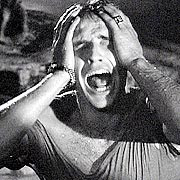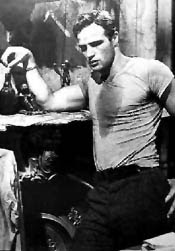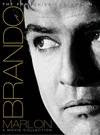 I know a lot of kids read this blog so here's something for them. It's a really sweet little story called "The Pokey Little Animation Writer." The story starts in a suburban bedroom where Billy's parents are roused out of their sleep by a knock on the bedroom door....
I know a lot of kids read this blog so here's something for them. It's a really sweet little story called "The Pokey Little Animation Writer." The story starts in a suburban bedroom where Billy's parents are roused out of their sleep by a knock on the bedroom door.... Knock! Knock! Knock! "Huuuh?" said Dad, waking suddenly. "Who...Wha...Wh...Who's there? For Pete's Sake, stop knocking!"
Knock! Knock! Knock! "Huuuh?" said Dad, waking suddenly. "Who...Wha...Wh...Who's there? For Pete's Sake, stop knocking!"  "URGES!? Oh, Bashaw! What kind of urges could you have at your age?
"URGES!? Oh, Bashaw! What kind of urges could you have at your age? "Well Dad, I know it's strange but I have an urge to find an animation artist and beat him up. I know it doesn't make sense but I get really mad at the thought of artists writing and directing their own stories. I guess that's silly isn't it? I mean, why should I get mad about what artists do?"
"Well Dad, I know it's strange but I have an urge to find an animation artist and beat him up. I know it doesn't make sense but I get really mad at the thought of artists writing and directing their own stories. I guess that's silly isn't it? I mean, why should I get mad about what artists do?"
 "But Dad...won't the artists feel bad if we take their medium away from them?"
"But Dad...won't the artists feel bad if we take their medium away from them?" "Naw," said Dad, "they don't have feelings like we do! If they had feelings they'd be writers like us. They just have...notochords!"
"Naw," said Dad, "they don't have feelings like we do! If they had feelings they'd be writers like us. They just have...notochords!" "Now get to sleep, Buckaroo! If you're good I'll take you out hunting tomorrow! If we find an artist directing a cartoon we'll trash him and you can break his pencils!"
"Now get to sleep, Buckaroo! If you're good I'll take you out hunting tomorrow! If we find an artist directing a cartoon we'll trash him and you can break his pencils!" THE END






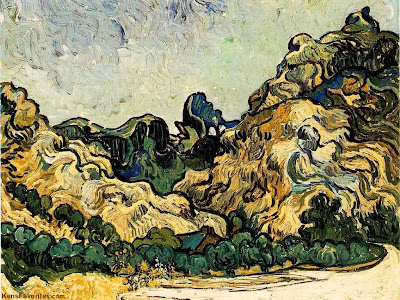 No, I'm not crazy. I'm just trying to see what would happen if I identified with the color I was using and gave it a sort of personality. I have a feeling a lot of painters do this. In the Van Gogh above I imagine the color feels tied down and restrained by all the lines. Artists frequently use lines and textures to anchor a color, to pin it in place, to subordinate it to line.
No, I'm not crazy. I'm just trying to see what would happen if I identified with the color I was using and gave it a sort of personality. I have a feeling a lot of painters do this. In the Van Gogh above I imagine the color feels tied down and restrained by all the lines. Artists frequently use lines and textures to anchor a color, to pin it in place, to subordinate it to line. 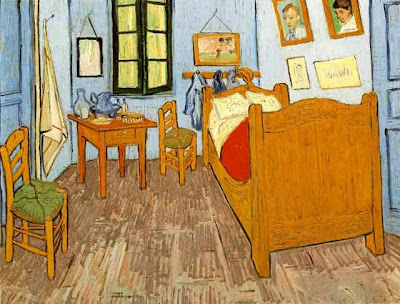
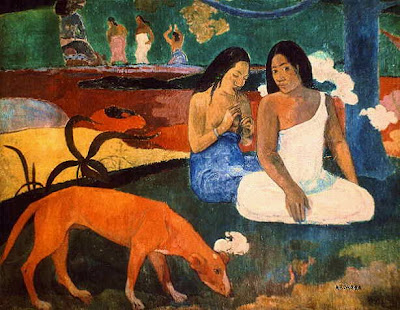

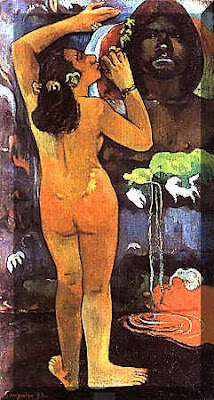

















 I don't mean to say that all potraits should be sanitized and idealized. Not at all. But the more specific the picture is the more the style should be iconic, cartoony or deliberately mannered. The picture above by Otto Dix is a good example. It's very specific but it's cartoony and it works.
I don't mean to say that all potraits should be sanitized and idealized. Not at all. But the more specific the picture is the more the style should be iconic, cartoony or deliberately mannered. The picture above by Otto Dix is a good example. It's very specific but it's cartoony and it works.
 Do you agree?
Do you agree?









